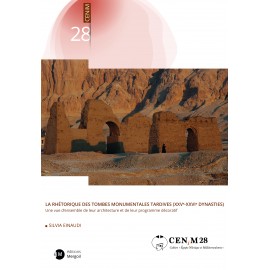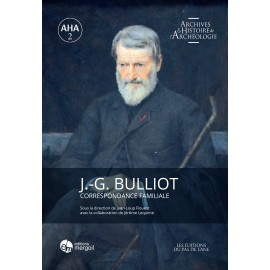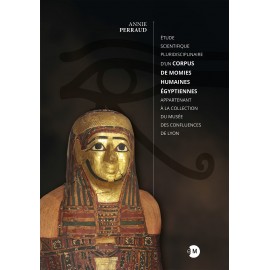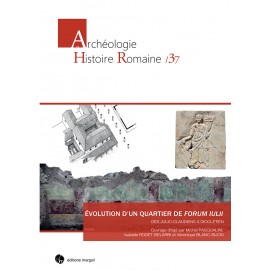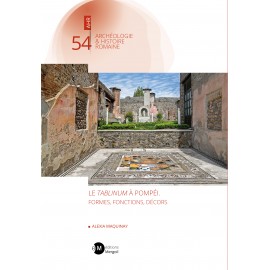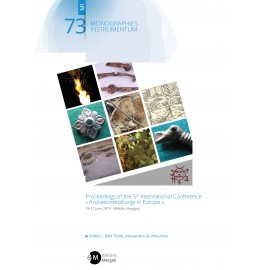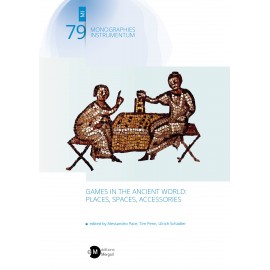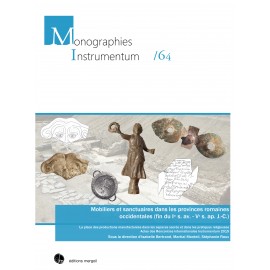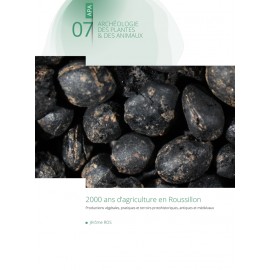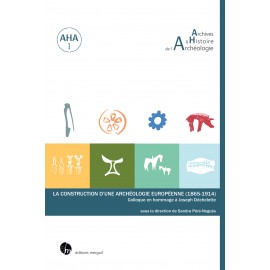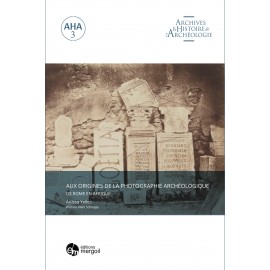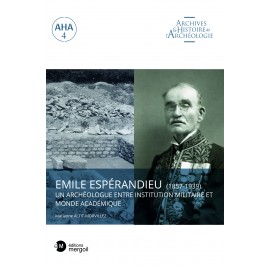No products
Prices are tax included
Product successfully added to your shopping cart
There are 0 items in your cart. There is 1 item in your cart.
Archives & Histoire de l'Archéologie
- Archéologie et Histoire Romaine
- Archéologie Moderne et Contemporaine
- Archéologie des Plantes et des Animaux
- Archéologie du Paysage
- Archives & Histoire de l'Archéologie
- Europe Médiévale
- Monographies Instrumentum
- Préhistoires
- Protohistoire européenne
- Research Protocols
- Off collections
- Les cahiers de saint-michel de Cuxa
- Second-hand
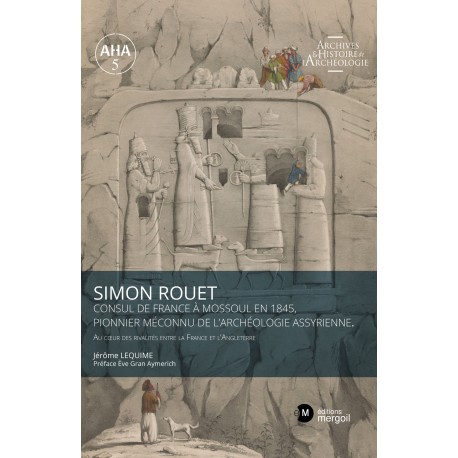 View larger
View larger Simon Rouet Consul de France à Mossoul en 1845, pionnier méconnu de l’archéologie assyrienne.
aha-05
New
Simon Rouet Consul de France à Mossoul en 1845, pionnier méconnu de l’archéologie assyrienne.
Au coeur des rivalités entre la France et l’Angleterre.
Jérôme Lequime. 2022. 195 p. , coul, (ISBN: 978-2-35518-125-8).
Préface Ève Gran Aymerich
More info
Appointed vice-consul of France in Mosul (Iraq) in June 1845 to replace Émile Botta, tired of the vexations and "personal insolences of the pasha and his entourage" to which the latter had been subjected since the attack against the Dominican convent in August 1844, Simon Rouet [1818-1848] belonged to this generation of European diplomats qualified as "consuls-archaeologists" who, keen on history, were to devote themselves with all the more determination and zeal to archaeological research in Mesopotamia, will devote themselves with all the more determination and zeal to archaeological research in Mesopotamia as the resulting discoveries will be judged invaluable - it is to Rouet that we owe in particular the discovery of the remarkable sites of Maltaï and Bavian [Khinis] with its sculptures of king Sennacherib, the continuation of the excavations in Nimroud, Arbelles as well as in Quyundijk, the famous Nineveh.
But, where one usually saw between France and Great Britain only a conflict of an essentially political nature on a background of patriotism and chauvinistic nationalism, one discovers through his correspondence that this rivalry between the two nations was first and foremost religious. When the French consulate was founded in Mosul in 1842, the Order of Friars Preachers had just established a convent there in August of the previous year, while Great Britain had created a diplomatic antenna there as early as 1840, followed by an Anglican mission in 1843 entrusted to the sulphurous Georges Badger, a supporter of Puseyism, known as the Oxford Movement - the latter, the brother-in-law of the British vice-consul Christian Rassam, a Chaldean converted to Protestantism. At the same time, the entire region was the scene of repeated attempts by American "biblical" missions to convert the Christians of the East [Jacobites, Churches, etc.
Christians [Jacobites, Chaldeans and Nestorians] and this, in a tense ambient climate made all the more complex by certain fanatical, anti-Western Muslim factions.
It is in this context of struggle for influence between the French and the British that Simon Rouet, who had gone unnoticed until now, appeared. Thus, the very nature of the rivalries is illuminated. And we are left stunned by this lack of discernment on the part of the French authorities at a time when the fate of Assyrian archaeology was at stake during the decade 1845-1855 - with the consequences that we know about for the respective collections of the Louvre and the British Museum. Alongside the emblematic figures of Rawlinson, Botta, Layard, Ross, Kennett Loftus and Place, this portrait of Simon Rouet is intended to rescue him from the oblivion into which he had unfortunately fallen.
Translated with www.DeepL.com/Translator (free version)
Préface, Madame Éve Gran Aymerich.
Les origines familiales.
Constantinople, Université de Galata-Séraï.
Consulat de Mossoul, 23 juin 1845 - 22 janvier 1846 (sept mois).
Les causes de l’émeute du 27 juin 1844 contre le couvent dominicain de Mossoul.
Le voyage de Constantinople à Mossoul en passant par Samsoun, Amassia,
Sivas, Hékim-Khan, Kéban-Maden, Carpout, Diarbékir.
Retour de la mission dominicaine à Mossoul en 1841.
Découverte du site de Malthaï. 1ère lettre à Jules Mohl, 19 octobre 1845.
Deuxième lettre adressée à Jules Mohl, Mossoul, le 3 novembre 1845.
Troisième lettre adressée à Jules Mohl, Mossoul, le 17 novembre 1845.
Découverte de Bavian - fin novembre 1845. Lettre Jules Mohl 3 janvier 1846.
Lettre à Jules Mohl, Mossoul, le 30 novembre 1845 [Bavian] + Lettres à M. Guizot du 28 décembre 1845 et du 21 janvier 1846, et au Cte Duchâtel, 27 mai 1846.
L’arrivée de Victor Place au consulat de Mossoul.
Le nom de Rouet généralement passé sous silence.
Les origines de la rivalité entre la France et la Grande-Bretagne en Irak à cette époque : diplomatiques et religieuses.
Sur les relations entre Simon Rouet et Henry Layard.
La question des tombes.
Son action en faveur des Dominicains de Mossoul et des Pères du Mont-Carmel.
Conclusion.
Annexes.
Tableaux généalogiques.
Table des illustrations.
Bibliographie.
Index des noms.
Remerciements.



